The vibrant plumage of a peacock, the iridescent sheen of a hummingbird, or the striking patterns of a mandarin duck all share a remarkable evolutionary history that stretches back over 150 million years. Modern birds, with their spectacular array of colors and feather types, didn’t develop these features overnight. Instead, these characteristics evolved gradually from their dinosaur ancestors. Recent paleontological discoveries and advances in scientific techniques have illuminated the fascinating connection between the scales of ancient dinosaurs and the colorful feathers adorning today’s birds. This evolutionary journey represents one of the most fascinating transitions in vertebrate history, revealing how dinosaurs quite literally took to the skies through their avian descendants.
The Dinosaur-Bird Connection: Not Just a Theory Anymore
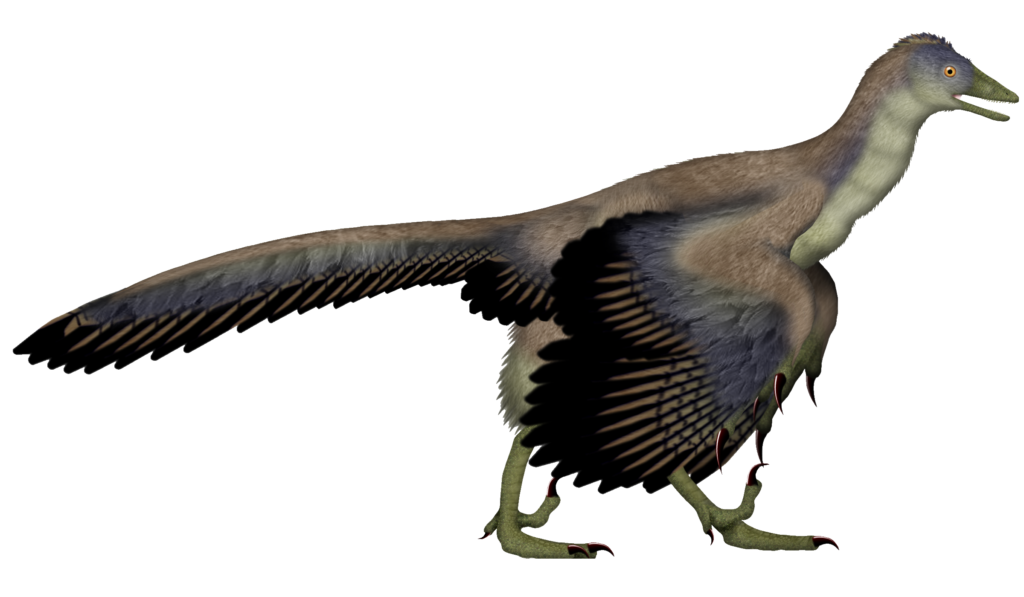
The relationship between dinosaurs and birds, once a controversial hypothesis, has evolved into one of the most well-supported concepts in evolutionary biology. When paleontologist Thomas Henry Huxley first proposed the dinosaur-bird link in the 1860s, following the discovery of Archaeopteryx, his ideas were met with significant skepticism. Today, however, an overwhelming body of evidence demonstrates that birds are not just related to dinosaurs—they are theropod dinosaurs, specifically descended from a group called maniraptoran dinosaurs. Multiple anatomical features, including hollow bones, wishbones, and three-toed feet, reveal this shared heritage. Most compelling is the extensive fossil record documenting transitional species that display both dinosaurian and avian characteristics, creating an illuminating evolutionary sequence that paleontologists continue to refine with each discovery.
Evolutionary Timeline: When Scales Began to Transform

The transformation from dinosaurian scales to avian feathers began approximately 200 million years ago during the Late Triassic and Early Jurassic periods. This timeline has been established through careful analysis of the fossil record and phylogenetic studies. The earliest proto-feathers likely appeared in small, bipedal theropod dinosaurs as simple filamentous structures that may have functioned primarily for insulation rather than flight. By the Middle Jurassic period, around 165-170 million years ago, more complex feather structures had evolved in several lineages of theropods, particularly among the paravians and dromaeosaurids. These evolutionary innovations continued through the Cretaceous period, culminating in the true flight feathers seen in early birds like Archaeopteryx approximately 150 million years ago. This gradual transformation spanned tens of millions of years, representing one of the most significant morphological changes documented in vertebrate evolution.
The First Feathered Dinosaurs: Who Were They?

The earliest definitively feathered dinosaurs identified in the fossil record include species such as Sinosauropteryx, discovered in the Liaoning Province of China in the 1990s. This small theropod, dating to about 125 million years ago, possessed simple filamentous proto-feathers covering its body, providing the first compelling evidence of feathered non-avian dinosaurs. Another notable early feathered dinosaur was Dilong paradoxus, a primitive tyrannosaur that lived about 130 million years ago and possessed simple filamentous feathers. Perhaps most spectacular is Yutyrannus huali, a nine-meter-long early tyrannosauroid that lived around 125 million years ago and was covered in primitive feather-like filaments, demonstrating that even large dinosaurs could be feathered. These discoveries fundamentally changed our understanding of dinosaur appearance and challenged the traditional scaly reptilian image that had dominated popular imagination for decades.
Feather Evolution: From Simple Filaments to Complex Structures

The evolution of feathers progressed through several distinct developmental stages, beginning with simple, hair-like filaments before developing into the complex structures we observe in modern birds. Paleontologists and developmental biologists have identified at least five major stages in feather evolution. Stage I consisted of single filaments similar to the down feathers of modern birds. Stage II introduced a central shaft with multiple barbs branching from it. Stage III feathers developed barbules, smaller branches emerging from the barbs. Stage IV saw the evolution of hooklets on these barbules, allowing them to interlock and create a continuous vane. Finally, Stage V introduced asymmetrical flight feathers with a sturdy leading edge. This progression is documented in the fossil record, with different dinosaur species exhibiting feathers at various evolutionary stages. Remarkably, this developmental sequence is also recapitulated during the embryonic development of modern birds, providing further evidence for the evolutionary relationship between dinosaurs and birds.
The Preservation Miracle: How We Know About Dinosaur Feathers

The preservation of dinosaur feathers represents an extraordinary taphonomic miracle, as soft tissues rarely survive the fossilization process. The majority of our knowledge about feathered dinosaurs comes from exceptional preservation environments, particularly the Jehol Biota of northeastern China. These deposits, formed from fine-grained lake sediments, created ideal conditions for preserving delicate structures through a process similar to bacterial mineralization. The rapid burial of specimens in oxygen-poor environments prevented significant decomposition, allowing the feather structures to be replaced by minerals while maintaining their original shape. In some truly exceptional cases, traces of the original organic material have survived, including melanosomes—microscopic structures containing pigments that give feathers their color. Advanced microscopy techniques, including scanning electron microscopy, have enabled scientists to examine these structures at unprecedented levels of detail. Without these remarkable preservation conditions and technological advances, our understanding of feathered dinosaurs would be dramatically limited.
Melanosomes: The Key to Unlocking Dinosaur Colors
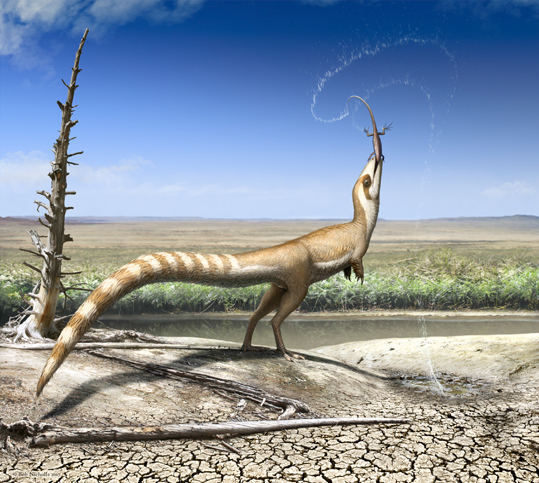
The discovery that melanosomes—microscopic organelles containing pigments—can be preserved in fossil feathers revolutionized our understanding of dinosaur coloration. These tiny structures, measuring just a few hundred nanometers, have distinctive shapes that correlate with different colors in modern birds: rod-shaped melanosomes typically produce black or gray colors, while spherical melanosomes create reddish-brown hues. By examining these structures in fossilized feathers using scanning electron microscopy, paleontologists can now reconstruct the actual colors of extinct dinosaurs with surprising accuracy. This technique was first successfully applied to the 125-million-year-old feathered dinosaur Sinosauropteryx, revealing that it possessed a russet-colored stripe along its tail. Subsequent studies have revealed that Microraptor, a four-winged dinosaur, had iridescent black plumage similar to modern crows, while Anchiornis had a complex pattern of gray body feathers, white wing feathers with black tips, and a rufous crown. These discoveries have transformed dinosaurs from monochromatic movie monsters into colorful, nuanced creatures whose appearance often served specific biological functions.
Beyond Insulation: The Multiple Functions of Early Feathers

While insulation was likely the initial evolutionary driver for proto-feathers, these structures quickly adopted multiple functions that provided additional selective advantages. Thermoregulation remained important, with feathers helping dinosaurs retain body heat, particularly in smaller species with high surface-area-to-volume ratios. Display features emerged as another crucial function, with evidence suggesting that many dinosaurs possessed colorful feather patterns used for species recognition, intimidation displays, or courtship rituals. The four-winged dinosaur Microraptor, for instance, had iridescent plumage that likely served display purposes similar to modern birds of paradise. Parental care represents another important function, with feathered dinosaurs potentially using their plumage to shelter eggs and offspring, as evidenced by fossils showing oviraptorid dinosaurs brooding their nests. Camouflage offered yet another advantage, with the contrasting patterns on dinosaurs like Sinosauropteryx potentially providing concealment in forested environments. These multiple functions created strong selective pressures that drove the continued refinement of feather structures long before they were co-opted for flight.
From Gliding to Flying: How Feathers Enabled Flight
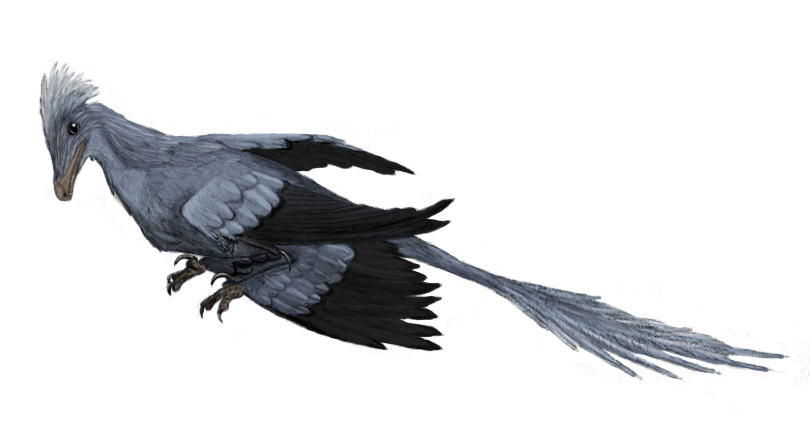
The evolution of powered flight represents one of the most significant transitions in vertebrate history, with feathers playing the central enabling role. This capability didn’t emerge suddenly but evolved through a series of intermediate stages. The initial pathway likely involved arboreal dinosaurs using feathered limbs for gliding between trees, as seen in the four-winged Microraptor, which possessed flight feathers on both its front and hind limbs. Ground-dwelling dinosaurs may have used their feathered forelimbs for increased maneuverability while running or as an aid in climbing inclined surfaces—a behavior termed “wing-assisted incline running” that is still observed in some modern birds. As feathers became more complex and asymmetrical, they provided greater aerodynamic efficiency, eventually enabling brief powered flights. Crucial skeletal adaptations evolved simultaneously, including a keeled sternum for anchoring flight muscles, lightweight pneumatic bones, and fused clavicles forming a flexible wishbone. These changes culminated in the evolution of birds like Archaeopteryx, which possessed true flight capability, albeit less sophisticated than modern birds. The transition to powered flight represents a remarkable example of how structures that evolved initially for one function (insulation) were gradually repurposed through natural selection for an entirely different capability.
Dinosaurs That Weren’t Meant to Fly: Feathers in Non-Avian Species

The discovery of feathers in numerous non-flying dinosaur lineages has shown that feathers evolved long before flight and were widespread among theropod dinosaurs. Large tyrannosauroids like Yutyrannus huali, which grew to nearly 30 feet long and weighed over 1.5 tons, possessed extensive filamentous feathers despite being far too massive for aerial locomotion. Therizinosaurus, with its massive claws and bulky body, also bore feathers despite having no flight capabilities whatsoever. The ceratopsian dinosaur Psittacosaurus, a distant relative of Triceratops, had bristle-like structures on its tail that may represent early feather-like integumentary structures, suggesting feather precursors may have appeared even outside the theropod lineage. These discoveries demonstrate that feathers served numerous functions beyond flight, including thermoregulation, display, and possibly even tactile sensation. The presence of feathers across such diverse dinosaur groups also suggests that the genetic capacity for producing feather-like structures may have been present in the common ancestor of many dinosaur lineages, appearing much earlier in evolutionary history than previously thought.
Modern Bird Coloration: The Dinosaurian Heritage
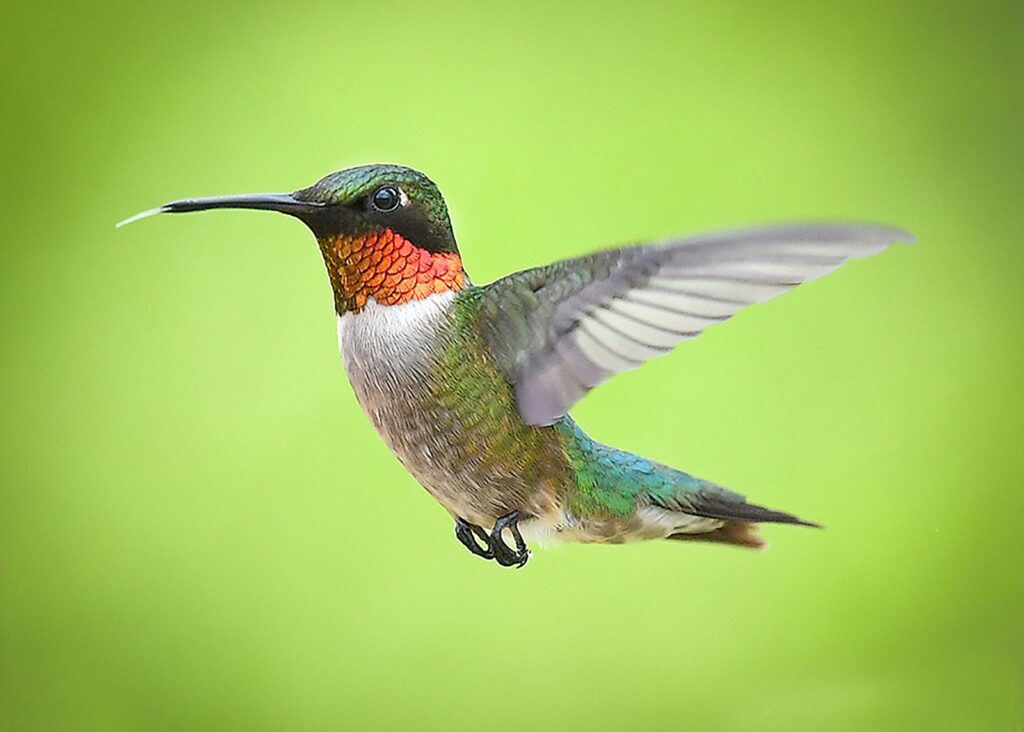
The dazzling array of colors displayed by modern birds represents the culmination of evolutionary processes that began with their dinosaur ancestors. Birds produce feather colors through two primary mechanisms, both of which likely existed in their dinosaurian forebears. Pigmentary colors come from chemical compounds like melanins (producing blacks, grays, and browns) and carotenoids (creating yellows, oranges, and reds), deposited in developing feathers. Structural colors, such as the blues of bluebirds or the iridescence of hummingbirds, result from nanostructures in feathers that selectively scatter specific wavelengths of light. Evidence from fossilized melanosomes indicates that dinosaurs like Microraptor possessed iridescent plumage similar to modern ravens, suggesting that structural coloration has ancient origins. The genetic pathways controlling feather development and pigmentation in modern birds show remarkable conservation across evolutionary time, with many of the same genes that determine feather color in chickens and finches being present in the genomes of crocodilians, the closest living relatives to the dinosaurs. This genetic continuity provides further evidence of the direct evolutionary line connecting the feathers of extinct dinosaurs to the colorful plumage of modern birds.
Genetic Underpinnings: The DNA of Feather Development

The genetic basis for feather development provides crucial insights into the evolutionary transition from dinosaur scales to bird feathers. Modern research has identified several key developmental genes, including those in the Wnt, Sonic hedgehog, and BMP signaling pathways, that regulate feather formation. These same genetic pathways are active in reptilian scale development, suggesting that feathers evolved through modifications to existing genetic machinery rather than through entirely novel genes. Laboratory experiments have demonstrated that subtle changes in the expression of these genes can transform scales into feather-like structures, providing a plausible mechanism for how feathers first evolved. Studies of modern birds have identified specific genes like SLC24A5 and ASIP that influence melanin deposition, determining whether feathers develop black, brown, or red coloration. The gene FOXP1 has been identified as particularly important in the development of flight feathers, with experiments showing that its suppression results in simpler, more primitive feather types similar to those observed in non-avian dinosaurs. These genetic studies create a compelling picture of how relatively minor genetic changes could have driven the transformation from simple filamentous structures in early dinosaurs to the complex, colorful plumage of modern birds.
Convergent Evolution: Feathers in Non-Dinosaurian Species
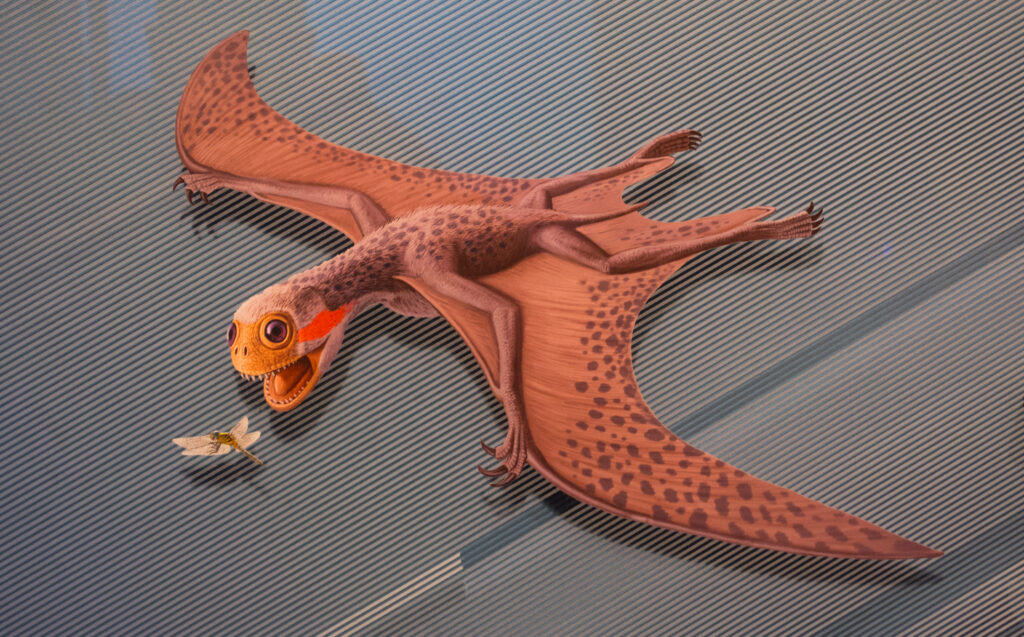
While feathers are most famously associated with dinosaurs and birds, feather-like structures have evolved independently in other lineages through convergent evolution. Pterosaurs, flying reptiles that lived alongside dinosaurs but belonged to a separate reptilian lineage, possessed hair-like filaments called pycnofibers that may have served similar insulating functions to early dinosaur proto-feathers. Recent studies suggest these structures may have been more feather-like than previously thought, with some species possessing branched filaments resembling simple feathers. Modern mammals have independently evolved hair, which serves many of the same functions as feathers in terms of insulation and, in some cases, display. Even some modern reptiles show convergent evolution toward feather-like structures—the flying dragon lizard (Draco volans) has elongated scales that form wing-like structures for gliding. These examples of convergent evolution toward similar structures highlight how similar environmental pressures can produce analogous adaptations in distantly related groups. However, true feathers with their complex hierarchical structure of barbs, barbules, and hooklets remain unique to the dinosaur-bird lineage, representing one of the most remarkable evolutionary innovations in vertebrate history.
Future Research: Unanswered Questions About Dinosaur Feathers

Despite remarkable advances in our understanding of dinosaur feathers, numerous questions remain at the frontier of paleontological research. The exact timing and pattern of feather evolution across different dinosaur lineages remains incompletely understood, with ongoing debates about whether the common ancestor of all dinosaurs possessed feather-like structures or if they evolved independently in multiple lineages. The full range of colors and patterns in dinosaur feathers remains largely unexplored, with only a handful of species having had their coloration reconstructed. Scientists are developing increasingly sophisticated techniques, including synchrotron radiation and trace element analysis, to detect subtle chemical signatures that might reveal additional colors not preserved through melanosomes alone. The developmental mechanics of how feathers evolved from scales continues to be investigated through studies of modern reptilian and avian embryology. Perhaps most intriguingly, researchers are exploring whether the genetic capacity for producing feathers could be reactivated in modern reptiles through developmental manipulations, potentially creating experimental models that replicate aspects of dinosaur feather evolution. These ongoing research directions promise to further illuminate the remarkable evolutionary story connecting dinosaur filaments to the vivid plumage of modern birds.
Conclusion

The colorful feathers adorning the wings of a cardinal or the spectacular tail of a peacock represent the endpoint of an evolutionary journey spanning more than 150 million years. From simple filamentous structures in small theropod dinosaurs to the complex, pigmented plumage of modern birds, this transition represents one of the most thoroughly documented major evolutionary transitions in the history of life. The discovery that dinosaurs wore feathers—often colorful ones—has transformed not only our scientific understanding but also our cultural perception of these ancient creatures. Rather than the scaly, reptilian monsters of vintage movies, many dinosaurs were dynamic, colorful animals whose appearance and behavior would have been remarkably bird-like. The next time you observe a bird’s brilliant plumage catching the sunlight, remember that you’re witnessing the living legacy of dinosaurs, whose evolutionary innovations continue to paint our skies with vibrant color.




